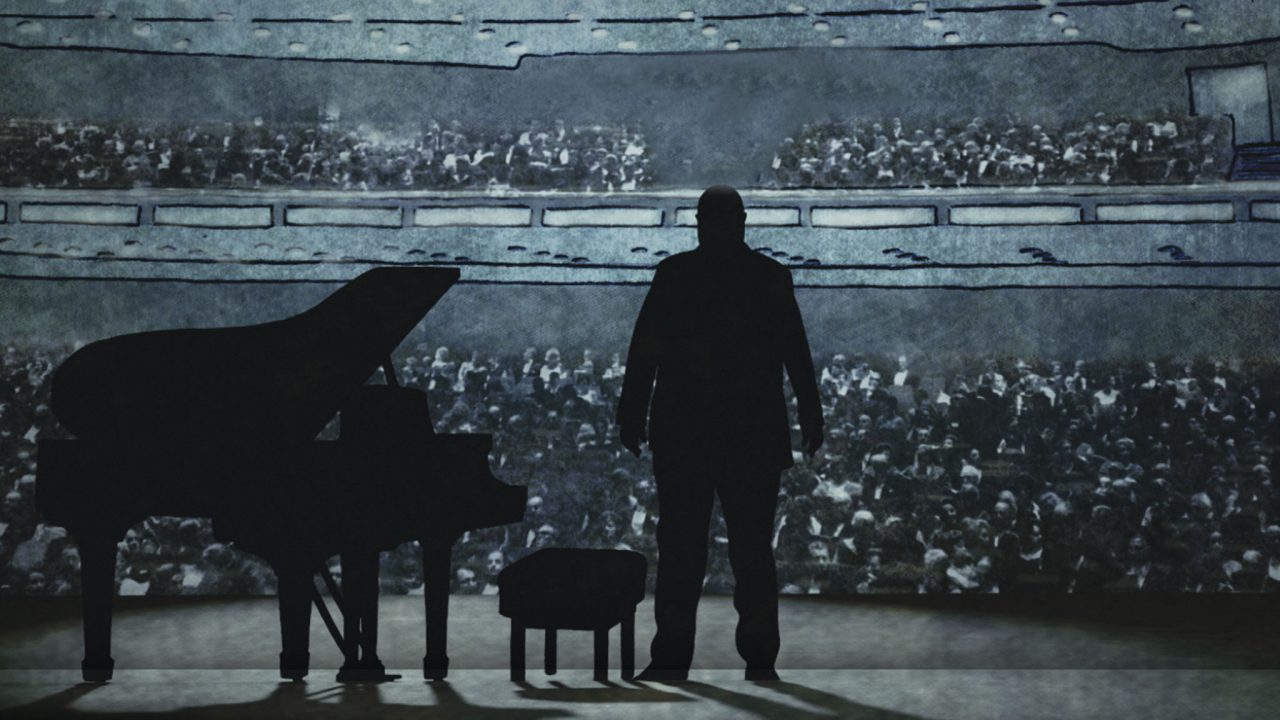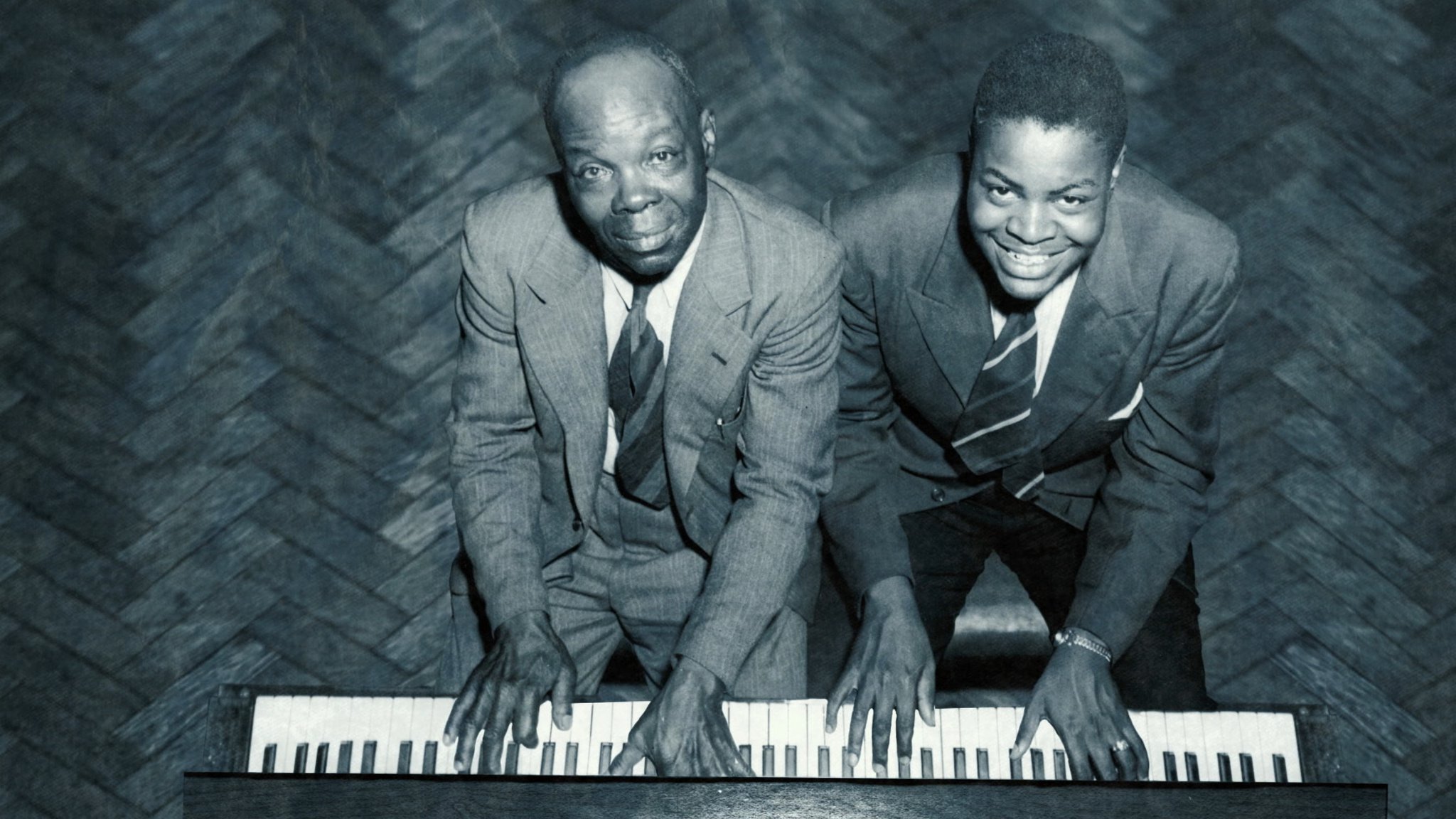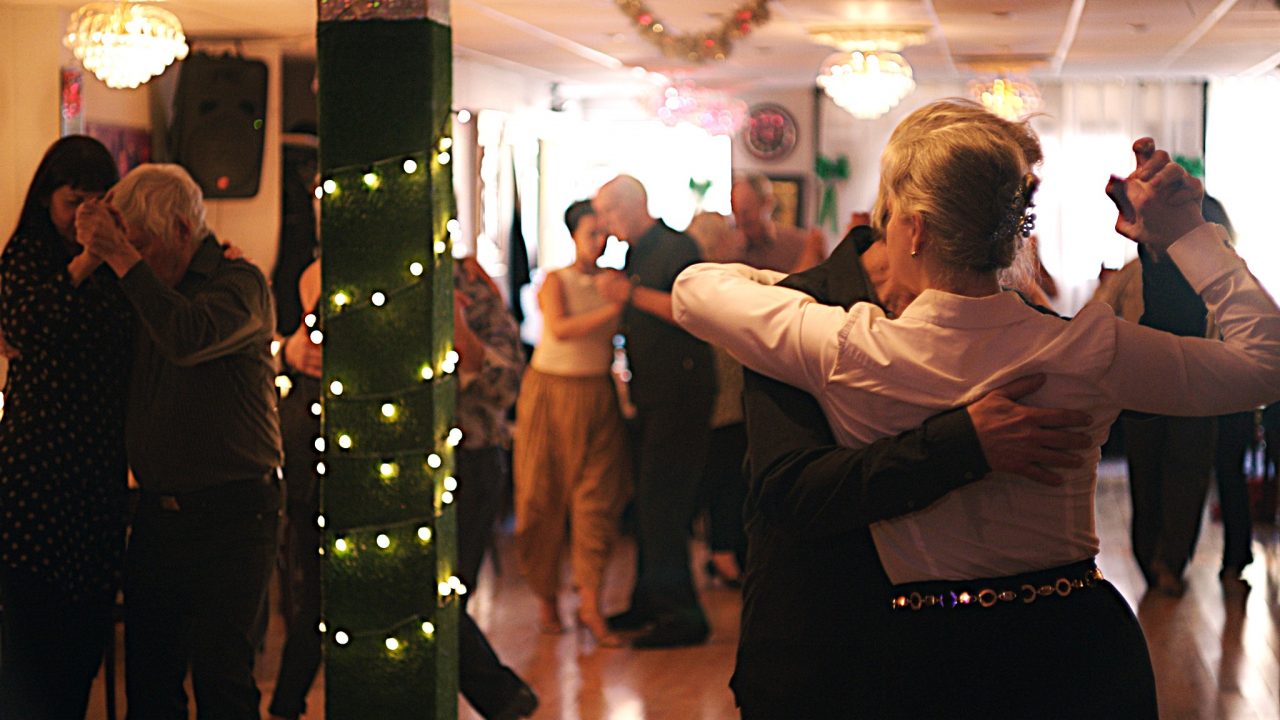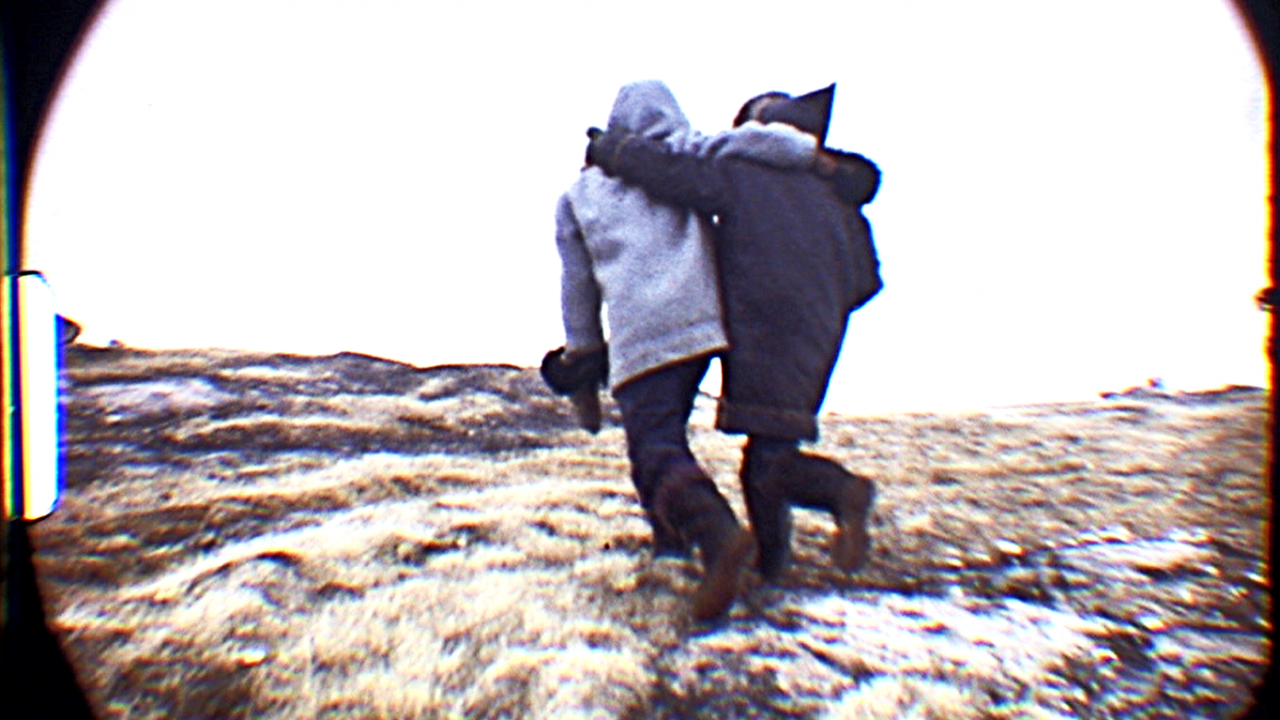
Celebrating 100 Years of Oscar Peterson | Curator’s Perspective
Celebrating 100 Years of Oscar Peterson | Curator’s Perspective
This year marks the 100th anniversary of the birth of Oscar Peterson, who came into the world on August 15, 1925, in Montreal’s Little Burgundy neighbourhood. In July, the Montreal International Jazz Festival celebrated this centenary with a major tribute concert, co-produced by his daughter Céline Peterson. Meanwhile, the National Music Centre, based in Calgary, is currently hosting an exhibit called Timeless dedicated to Peterson; it runs until July 2026. And Radio-Canada’s ICI Musique portal is streaming a French-language documentary on the legendary Montreal jazz pianist, entitled Centenaire d’Oscar Peterson : au-delà de la légende.
Duke Ellington called Peterson “the Maharaja of the keyboard,” and he is very much present in several of our productions. Now, it’s my turn to honour him, by taking you on a journey through his life and music in four films.

A Solitary Man
Director and producer Marie-Josée Saint-Pierre has been consistently drawn to the theme of artistic creation. After devoting two animated shorts to the work of Norman McLaren (Les négatifs de McLaren, 2006, and Flocons, 2014), and another to filmmaker Claude Jutra (Jutra, 2014), she turned her attention to Oscar Peterson.
Saint-Pierre’s animated documentary Oscar (2016) tells the pianist’s story, from his modest beginnings to his early gigs at the Alberta Lounge in Montreal, his meeting with promoter Norman Granz (who would become his manager), his first concert at New York’s famed Carnegie Hall and the international career that followed. While the film spends time on the highlights of Peterson’s extraordinary career, it also looks at the man’s darker moments. Combining animation and archival interviews with Peterson, Saint-Pierre powerfully evokes the loneliness he felt during his many tours—being away from home for extended periods, far from his wife and five children. Ultimately, these extended absences would cost him his marriage.
The film is a moving portrait of an artistic genius who’s fully at home and in his element on stage, but who is also a solitary man, unhappy in his personal life.
Oscar, Marie-Josée Saint-Pierre, provided by the National Film Board of Canada
Seeing the Music
In the late 1940s, Oscar Peterson was not yet the great star he would become. He was well-known in Montreal jazz circles, and his music could be heard on the radio. We don’t know exactly how Norman McLaren came across Peterson’s playing, but we do know that he was aware of him when he started production on Begone Dull Care (1949). Three pieces by the Oscar Peterson Trio take centre stage in this animated short, directed by McLaren and Evelyn Lambart.
Born in Scotland, McLaren came to Canada in 1941. He had already directed or co-directed several films at the NFB when he began this new project, whose working title was Peterson Film. McLaren had previously explored the connections between music, shape and colour in earlier films, particularly Fiddle-de-dee (1947). But with Begone Dull Care, working closely with the talented Evelyn Lambart, he reached new heights.
Begone Dull Care , Norman McLaren & Evelyn Lambart, provided by the National Film Board of Canada
Peterson’s compositions, played by the Oscar Peterson Trio, were specially recorded for the film at the Renaissance Studio in Montreal. The music does not simply accompany the images or set a mood; instead, the film’s images aim to make us see the music we are hearing. But how to achieve that effect? The two filmmakers began by defining the musical patterns developed by Peterson and his trio, and then created visuals that harmonized with the musical motifs. Music and image complement each other perfectly. Sometimes they’re in complete sync, while at other moments there’s an interval between the rhythms of the music and the visual patterns passing in front of us. The film is an incredible accomplishment, as becomes clear even after just watching the first few seconds.
Camera Men (1954)
By the mid-1950s, Oscar Peterson was already an accomplished artist. The trio he formed with Ray Brown (double bass) and Charlie Smith (percussion) was performing throughout North America and farther afield internationally. Back home after a four-month European tour, Peterson gave an interview to reporter Fred Davis. Speaking while seated at his piano in his Montreal apartment, Peterson talks about how European audiences relate to jazz.
This 15-minute report is from the TV series On the Spot, which aired on CBC. It’s not entirely devoted to Peterson, but rather features a number of amateur and professional photographers. During the report, Fred Davis notably meets photographer Louis Jacques, who’s in the midst of a photo shoot with Oscar Peterson, his wife and their three children. This is the context for the interview. While we don’t learn a lot during the brief conversation with the pianist, who was barely 30 years old at the time, we do get a rare glimpse into his private life.
Camera Men, Allen Stark, provided by the National Film Board of Canada
The Performer (1959)
A few years later, we meet Oscar Peterson in another TV report, this time for the series Frontiers. The Performer is a two-part program featuring interviews with a number of important Canadian artists, including tenor Léopold Simoneau and his wife; soprano Pierrette Alarie; ballet dancer David Adams, one of the founders of the National Ballet of Canada; actor Christopher Plummer; and, of course, jazzman Oscar Peterson.
Peterson agrees to an interview with presenter Herbert Whittaker at three in the morning, having just finished performing on stage at Boston’s Storyville Club. During the interview, which runs just over four minutes, Peterson touches on his early career but mostly focuses on his wish to create a music school in Toronto—where he was now living with his wife and five children—dedicated to teaching jazz. The school, which he would name the Advanced School of Contemporary Music, opened in 1960 and was located at 21 Park Road, just a few steps from the intersection of Yonge and Bloor.[1] Because of Peterson’s many touring commitments, the school was forced to close in 1964. This interview is a reminder of Peterson’s devotion and attachment to the importance of music education, an often-overlooked part of his career.
The Performer, Donald Ginsberg, provided by the National Film Board of Canada
You can also hear Oscar Peterson’s music in the following films: Canada Calling (1949), Fields of Endless Day (1978), And So to Bed (1999) and The Memories of Angels (2008).
Please note that the biographical documentary In the Key of Oscar (1992) is unfortunately not available to stream on our site, due to rights restrictions.
You can explore the NFB’s jazz-related films here: Jazz – NFB
[1] JENNINGS, Nicholas. “Oscar Peterson pioneering Toronto jazz school”, NicholasJennings.com, June 18, 2015.



